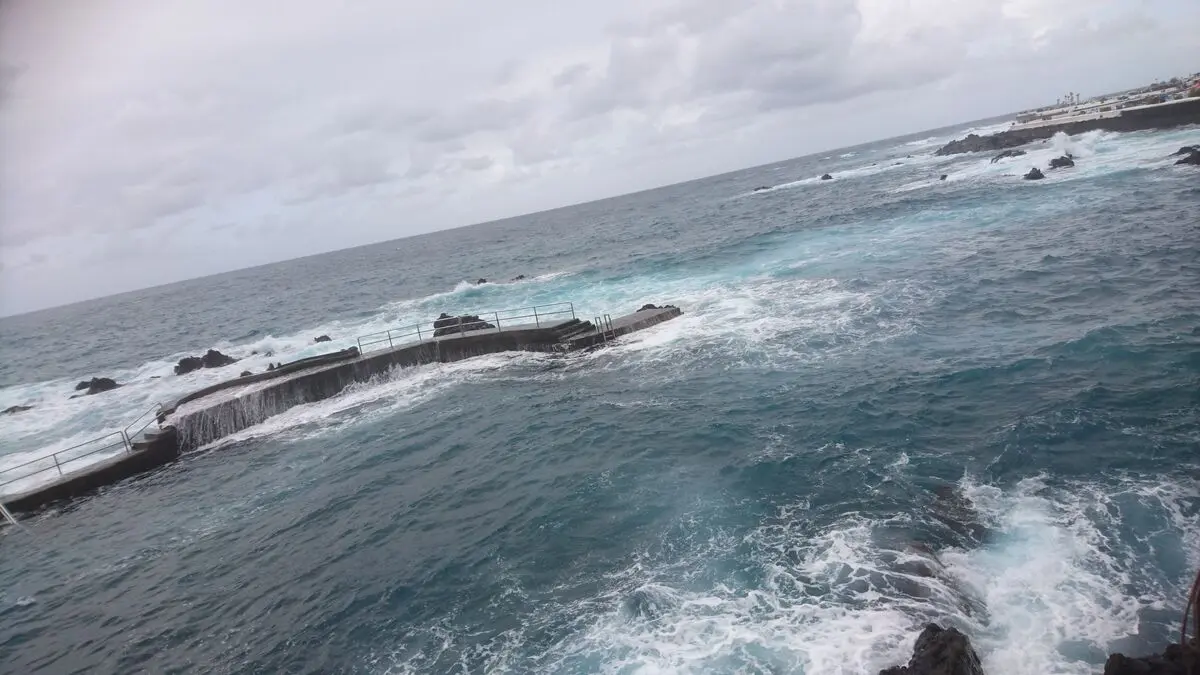To release the fish back into the water instead of putting it on the plate is becoming increasingly popular – but many people make mistakes that lead to the fish being injured or dying.
Here are the tips for your catch to be able to swim again.
You might want the thrill or have a summery experience on the pier or in the boat, but not kill the fish that got caught on the hook?
Releasing the fish back into the water, so-called "catch and release", is a growing trend. It's about both a voluntary act and fishing regulations requiring it. For many species, it benefits the stocks.
But many don't know how to act to prevent the fish from getting hurt. This is stated by Samuel Blyth, a researcher at Uppsala University who has studied the behavior and knowledge of sport fishermen about "catch and release".
The positive thing is that even small improvements in how you handle the fish can make a big difference, he says.
Social media influences
A common mistake is to keep the catch out of the water for too long. Fish are very sensitive to dehydration, their gills don't function in air, and they should not be lifted up at all.
At the same time, many want to be photographed with their catch before releasing it – but this comes with problems that have been exacerbated by social media, according to Samuel Blyth.
Instagram has played a significant role in how people act when catching fish. And since you want to take the perfect picture, you hold the fish up in the air for too long, which means a lot of stress for the fish.
Turning belly down?
The best thing is to photograph the fish with an underwater camera while it's being held underwater, according to Blyth. If you still want to take it up, it's essential to prepare and take test shots so you don't have to hold the fish up for more than a few seconds when it's time.
Then the gills can stay moist, and the fish will fare better, says Samuel Blyth.
Especially for the inexperienced, it can be difficult to know if the fish has a good chance of survival, and when it's better to keep it.
A simple way is to see if the fish can quickly turn its belly down in the water or if it takes a while before it can turn itself right.
Handle with care
Handling the fish as little and gently as possible is also important, among other things, to avoid damaging the protective layer of mucus. Hooks without barbs and a pair of pliers to remove the hook are also recommended.
At the same time, there are different things to consider for different species and water areas, but today, there are significant gaps in the information from municipalities and so-called fisheries management areas that are responsible for fisheries management, as shown by Blyth's research.
This means a missed opportunity to help all those who want to release fish and get healthy fish.
Don't take the fish out of the water, or minimize the time in the air. Think max ten seconds, preferably less.
Have wet hands and handle carefully to avoid damaging the protective layer of mucus.
Fish have sensitive organs, don't squeeze the belly and don't hold over the gills.
Be extra careful when the water is warmer, as the fish becomes more vulnerable.
Use hooks without barbs and preferably artificial bait instead of live bait, which fish often swallow and get injured by.
Remove the hook with pliers or cutters.
Guide the fish forward in the water to get it to recover. But not back and forth, as this damages the gills. Wait until it starts to struggle before you release.
Source: Keep fish wet, HAV.





